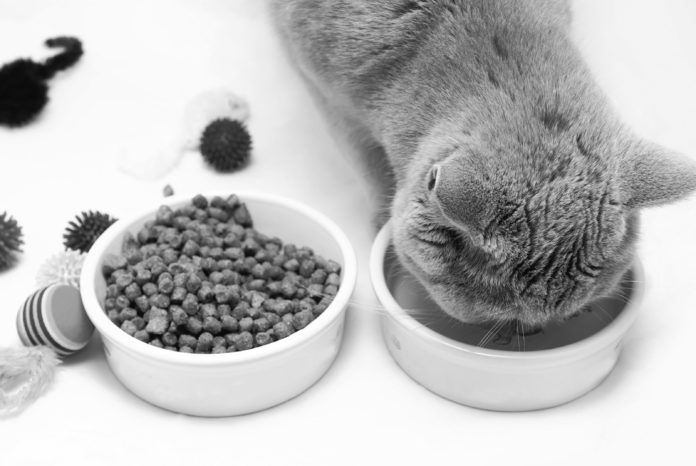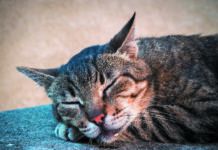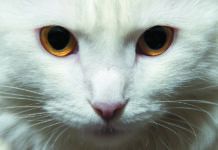Thinkstock
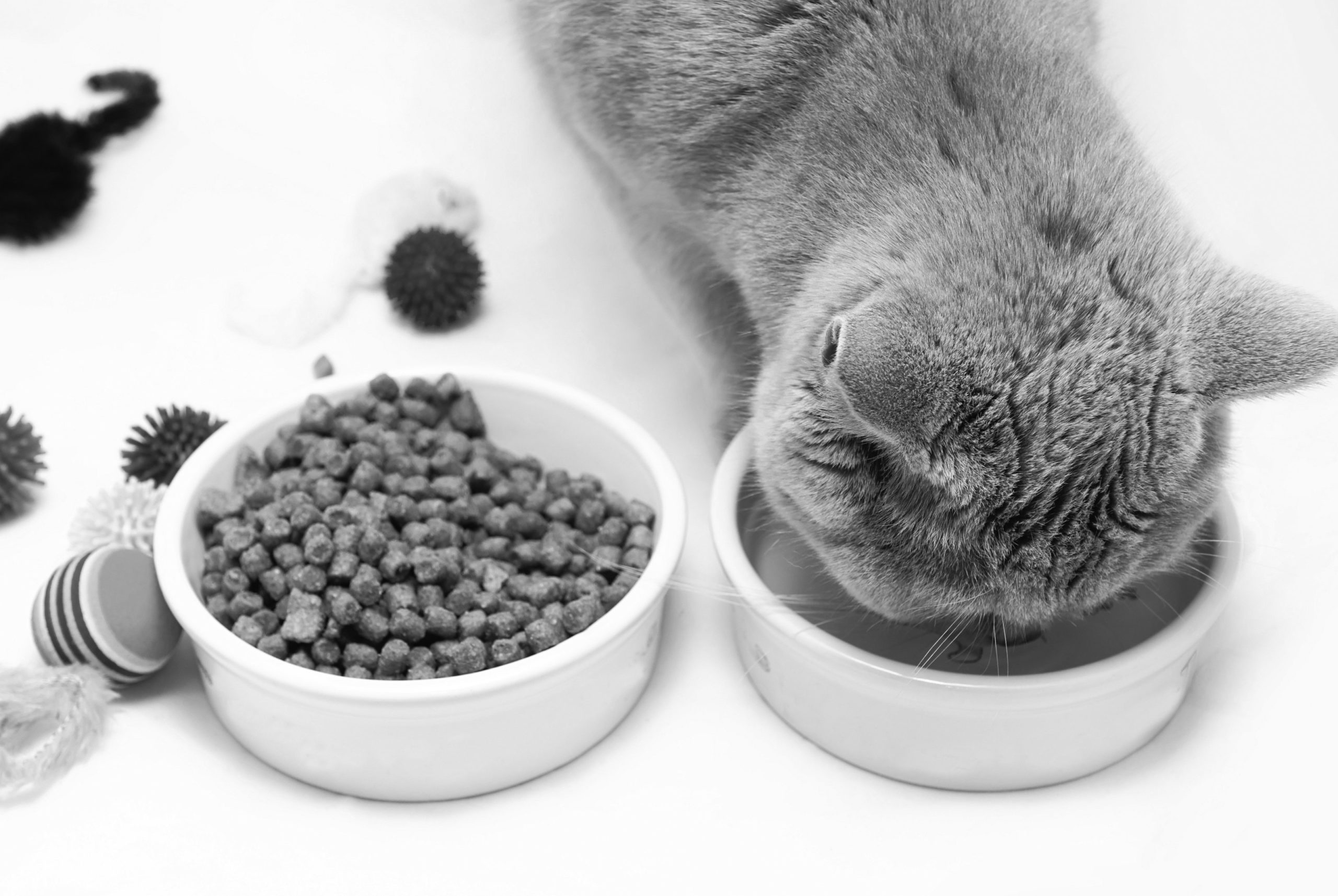

When operating efficiently, the feline urinary system plays a crucial supportive role — directly or indirectly — in all of a cat’s bodily processes.
The system’s key functions are the filtration of metabolic waste from circulating blood and excretion of the waste — mixed with water — in the form of urine,preventing damaging concentrations from developing in an animal’s body.
The filtering of blood and production of urine are performed by the two kidneys. The urine then passes via two slender tubes (the ureters) — down to a muscular sac (the bladder). There the urine is stored until it is expelled from the body via the urethra, a thin tube leading from the bladder to the outside world. In normal males, the urethra is long and narrow, running the length of the penis; in females this tubular structure is shorter and wider.
When Cats Get Urethra Blockage
While most cats will go through life with a smoothly functioning urinary system, some experience a serious blockage of the urethra as an end result of crystalluria – the presence of crystals in the urine.
Crytalluria is caused by the shedding of microscopic crystals in the urine, which occurs naturally in all cats, explains Mary Labato, DVM, a clinical professor in the department of clinical sciences at Tufts Cummings School of Veterinary Medicine. Nearly all of them routinely pass these crystals in their urine. In some cats, however, the crystals coalesce into sand-like grit or larger stones, which may become lodged in the urethra, leading to a life-threatening inability to pass urine from the body.
The minerals that accumulate to form the urethral blockages, says Dr. Labato, are normal dietary constituents. “The cat ingests the minerals in his food,” she says, “and metabolizes them. They are important for cell metabolism and function, and they are found everywhere throughout the body.
“Any excess of the minerals will, in a normal cat, just pass out of the body in the urine. But when you have concentrated urine, with an excess amount of these minerals in the right environment — which depends on urine concentration and its acid-base balance — the minerals get stuck together and form crystals. These crystals, most commonly composed of the minerals struvite or calcium oxalate, will typically be microscopically small and will pass in the urine. But if you get a whole bunch of them sticking together, they start forming small conglomerates that can be the size of sand granules. And if you get enough of these granules together and they become compacted, you have a stone.”
Urinary Crystals in Cats: Diet and Susceptibility
Cats that habitually eat a high-mineral diet — one that is especially rich in, for example, protein, phosphorous and calcium — are especially likely to reach what Dr. Labato refers to as the “super-saturation level.” Even if this level is reached, however, the minerals are usually excreted in a cat’s urine. Why some cats retain the minerals that will eventually lead to stone formation remains what she refers to as “an award-winning question.”
Thinkstock
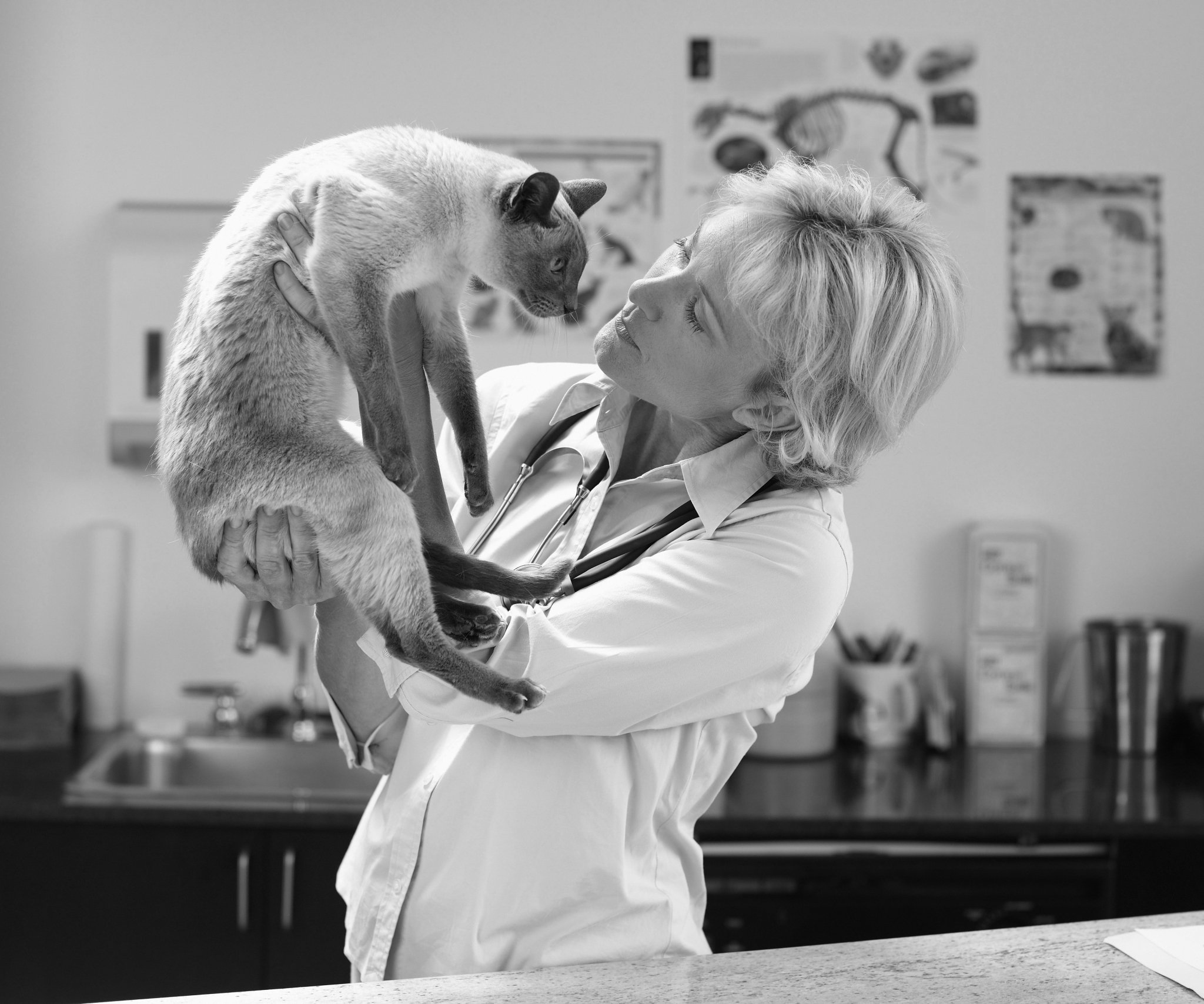

Most Common Risk Factors for Urinary Crystals in Cats:
While all cats naturally shed urinary crystals, she notes, some studies have shown that males are at higher risk than females and that certain breeds — Himalayan, Persian and Siamese cats — are more likely than others to develop stones. Age is not a significant risk factor, although Dr. Labato notes that, as they grow older, some cats may lose certain inhibitors that would normally discourage calcium oxalate blockages from developing.
Another possible risk factor, she says, is stress. “It may be that a stress component will inhibit a cat from urinating in his litter box,” she notes, “and holding the urine in for too long a time can allow the minerals in the urine to precipitate out and form crystals.” As for medications, she adds, “Some, especially sulfa antibiotics, may, in the right circumstances, cause sulfa crystals to appear in the urine.”
The clinical signs of crystalluria, she points out, are directly associated with the number and size of the granules that can be detected under a microscope. Just a few small crystals observed in a urine sample amount to “no big deal,” although any signs of blood or indications that the patient is in pain should certainly be taken seriously. How long before the accumulation of granules becomes a serious issue depends on the condition of the bladder and the behavior of the patient.
Are Urinary Stones Life-Threatening to Cats?
“The worst case in a cat with crystals in his urine,” explains Dr. Labato, “is when the crystals start precipitating out and forming a kind of muddy paste that gets caught in the lower urinary tract. This is especially the case in a male cat, since a male’s urethra is a very narrow structure. The crystals accumulate in there and get caked, which prevents the cat from urinating. That will cause the bladder to become large, distended, and totally obstructed. Of course, this can lead to serious injury to the kidneys. It is a life-threatening emergency — the obstruction needs to be relieved at once.”
Treatment will entail relieving the bladder obstruction by passing a catheter into the bladder in order to enable the flow of urine. “Following this treatment,” says Dr. Labato, “we will then put a cat who is predisposed to blockages on a diet of canned food so that they get sufficient water. If a cat will only eat dry food, we’ll make sure he is drinking extra water. In some cases, we may even give water subcutaneously. We want to prevent those crystals from precipitating out.”
Crystalluria that leads to urethral obstruction is usually a disorder of young adult male cats, she notes, but females — although they have shorter, wider urethras —may also develop similar problems. To reduce the likelihood of such a blockage, whether a cat is male or female, Dr. Labato recommends the following: “Make sure that there is plenty of water in the animal’s diet. Canned food is preferable, since it has more water than dry food. So if you’re routinely feeding dry food only, see to it that your cat is also drinking sufficient amounts of water.”
Increase Your Cat’s Water Consumption
Besides switching to a canned food-only diet, a good way to encourage increased water consumption is to make sure that you provide fresh, clean water daily — and place water bowls conveniently throughout your home. One thing that some cat owners do for the sake of convenience is to keep the litter box and food and water bowls in the same location. (Bad idea. Your cat would prefer separate areas.)
You can also try to experiment with different styles of water bowls. And some cats prefer the experience of running water — there are plenty of “cat fountains” on the market, which might do the trick.

